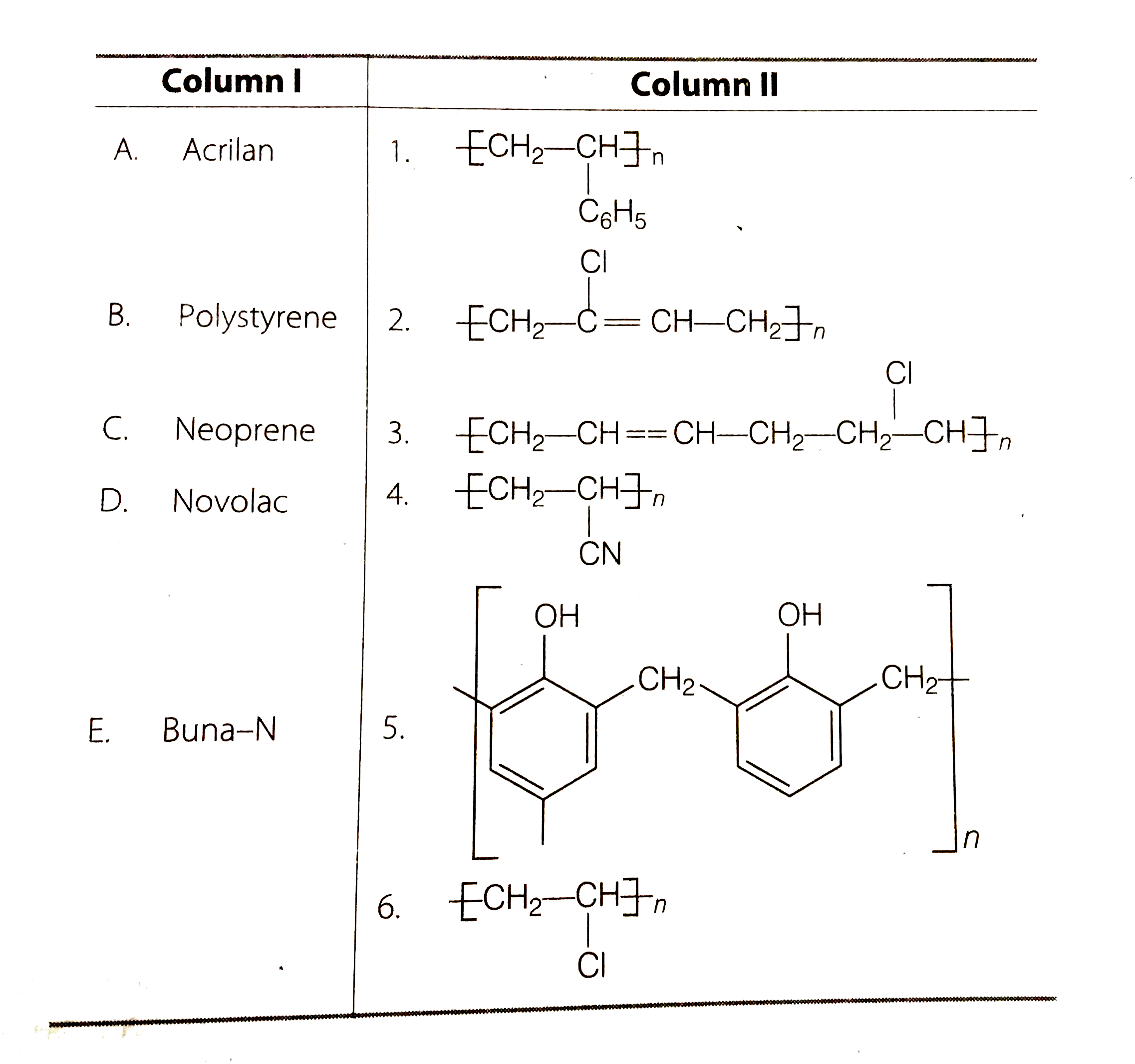Match the hydrocarbons in column-I with the boiling points given in column-II.

The correct Answer is:(A-2), (B-3), (C-1)
n-Pentane : In n-pentane there is no branching and surface area. Hence, more Van der waal.s forces. There fore, boiling point is high.
(B) Iso pentane : Molar mass is same but one branch is there which reduces its surface area. Hence, the boiling point is less.
(C) Neo-pentane : In this compound two side chains are there having the same molar mass. Therefore, its boiling poing is lowest amongst all three compounds.
Topper's Solved these Questions
- HYDROCARBONSBOOK - KUMAR PRAKASHANCHAPTER - HYDROCARBONSEXERCISE - Section - D (NCERT Exemplar Solution) (Assertion and Reason Type)
4 Videos
- HYDROCARBONSBOOK - KUMAR PRAKASHANCHAPTER - HYDROCARBONSEXERCISE - Section - D (NCERT Exemplar Solution) (Long Answer Type )
4 Videos
- HYDROCARBONSBOOK - KUMAR PRAKASHANCHAPTER - HYDROCARBONSEXERCISE - Section - D (NCERT Exemplar Solution) (Short Answer Type)
20 Videos
- EQUILIBRIUMBOOK - KUMAR PRAKASHANCHAPTER - EQUILIBRIUMEXERCISE - Question Paper from Module
7 Videos
- HYDROGENBOOK - KUMAR PRAKASHANCHAPTER - HYDROGENEXERCISE - Section-D NCERT Exemplar (Long Answer)
8 Videos
Similar Questions
Match the type of packing given in column I with the iterms given in column II.

View SolutionMatch the type of packing given in column I with the iterms given in column II.

View SolutionMatch the polymers given in column I with their repeating units given in column II

View SolutionMatch the statement given in Column I. with the phenomenon given in column II.
View SolutionMatch the properties given in column I with the metals given in column II

View SolutionMatch the properties given in column I with the metals given in column II

View SolutionMatch the reactions given in Column I with the statements given in Column II

View SolutionMatch the reactions given in Column I with the statements given in Column II

View SolutionMatch the reactions given in Column I with the statements given in Column II.

View SolutionMatch the reactions given in Column I with the statements given in Column II

View Solution
